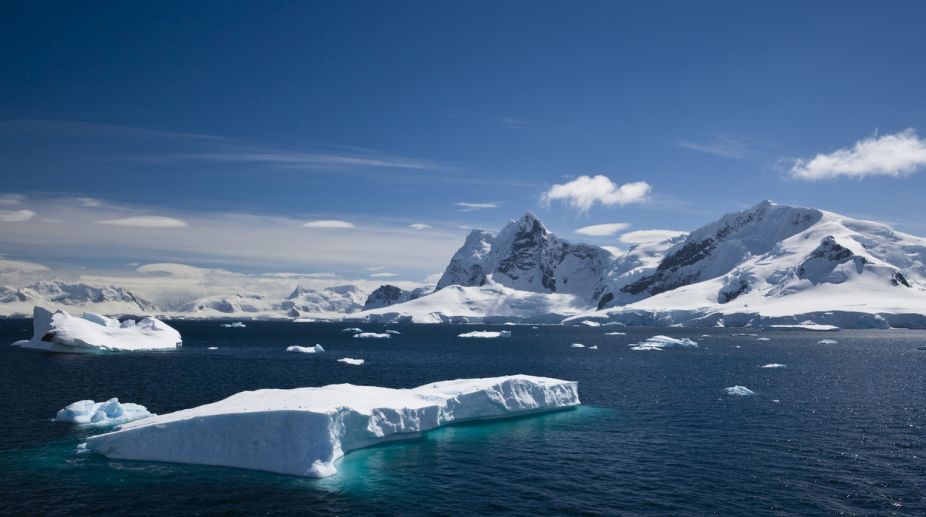Sea ice cover in Antarctica dropped to a record low this year, scientists said today, as they warned the frozen continent’s unpredictable nature poses growing risks to shipping including tourist cruises.
Scientists from around the world are meeting in the Tasmanian capital Hobart this week to discuss sea ice fluctuations and improved navigation and forecasting, as tourists flock to the ocean in greater numbers.
Advertisement
Satellite images confirm the continent’s sea ice fell to its lowest maximum and minimum levels this year since satellite observations began in 1979, they said.
“It appears that both the summertime minimum and the wintertime maximum sea ice extent around Antarctica have set new record lows,” said Jan Lieser from the Antarctic Climate and Ecosystems Cooperative Research Centre, which is hosting the conference.
While climate change may have played a part, he said it was still too early to draw any clear link, “simply because the variability in the Antarctic sea ice system is so high”.
“We still have a lot more work to do to understand the fundamental oceanic and atmospheric processes driving sea ice variability in Antarctica,” added Lieser.
The data showed the lowest recorded minimum sea ice cover on March 1 at 2.075 million square kilometres, with the lowest maximum on September 12 at 18.013 million square kilometres.
But only three years ago, ice levels hit a record high of more than 20 million square kilometres, illustrating the huge challenges sea traffic must deal with.
Lieser said the extreme swings made it vitally important to better understand ocean conditions to make credible forecasts for polar shipping.
As well as resupply ships, some 50 cruise vessels carried almost 35,000 tourists to the Antarctic last year to witness its ice shelves, soaring glaciers and wildlife.
“We have seen a number of private and commercial ships becoming stuck in the Antarctic sea ice in recent years, which have led to costly rescue operations that can delay scientific work,” said Lieser.
In late 2013, a Russian ship carrying 74 scientists, passengers and crew became trapped in Antarctica.
It triggered a two-week rescue operation coordinated by Australian authorities which included French, Chinese, American and German agencies, during which a Chinese icebreaker also became stuck.
The diversion of several governments’ Antarctic programme resources drew criticism, with an Australian resupply ship running two weeks behind schedule and French scientists having to scrap an oceanographic campaign.
The International Ice Charting Group, with 60 representatives from 12 countries, wants to ensure such a situation does not happen again.











